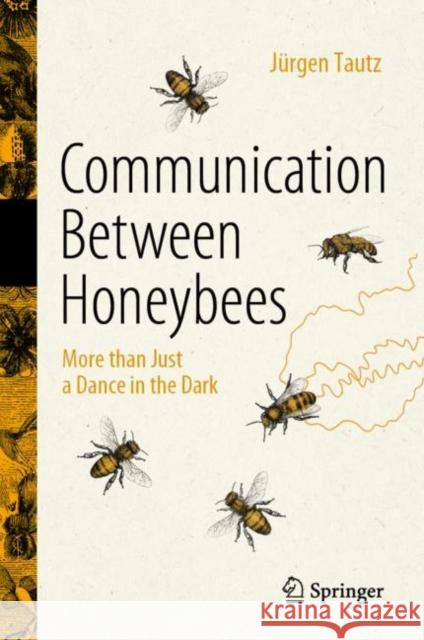Communication Between Honeybees: More Than Just a Dance in the Dark » książka
topmenu
Communication Between Honeybees: More Than Just a Dance in the Dark
ISBN-13: 9783030994839 / Angielski / Twarda / 2022 / 128 str.
Communication Between Honeybees: More Than Just a Dance in the Dark
ISBN-13: 9783030994839 / Angielski / Twarda / 2022 / 128 str.
cena 120,45
(netto: 114,71 VAT: 5%)
Najniższa cena z 30 dni: 115,63
(netto: 114,71 VAT: 5%)
Najniższa cena z 30 dni: 115,63
Termin realizacji zamówienia:
ok. 22 dni roboczych
Dostawa w 2026 r.
ok. 22 dni roboczych
Dostawa w 2026 r.
Darmowa dostawa!
Kategorie:
Kategorie BISAC:
Wydawca:
Springer Nature Switzerland AG
Język:
Angielski
ISBN-13:
9783030994839
Rok wydania:
2022
Ilość stron:
128
Wymiary:
23.5 x 15.5
Oprawa:
Twarda











